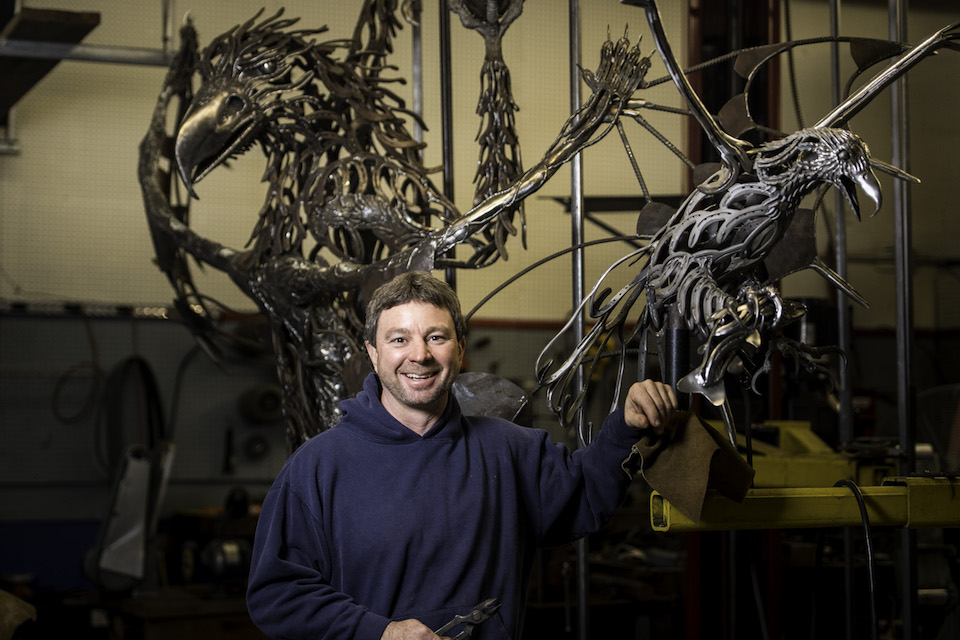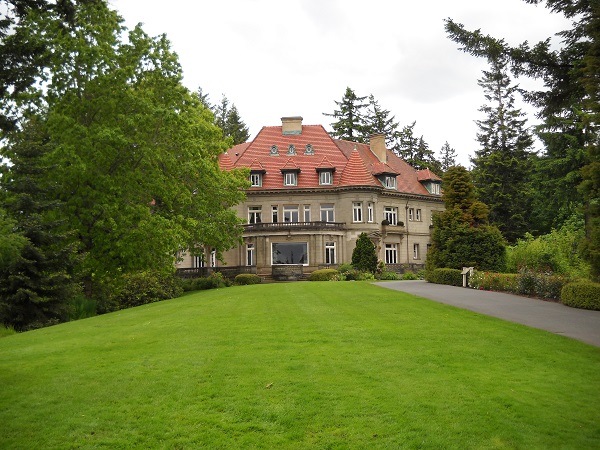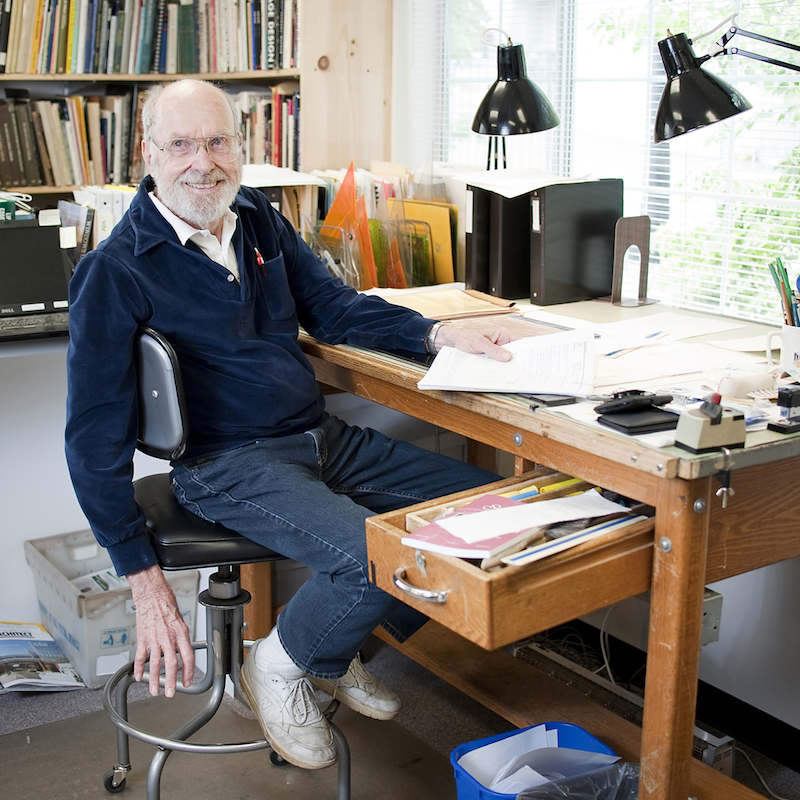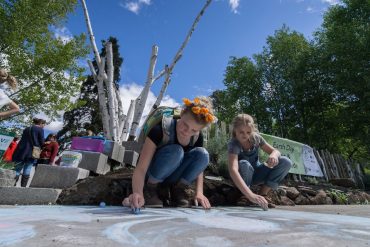written by Chris Peterson | photos by Karl Massdam
Bud Thomas didn’t realize he was an artist until he was 43 years old. That’s not so unusual, but as his metal-sculpting skills developed, he realized he’d been preparing for this form of art his whole life.
An inveterate do-it-yourselfer, Thomas has made whatever he needed since he was 7 years old and built enclosures for the pets he constantly brought home. As an adult, he’s built much of what he needs at home or work, from furniture to tools. He continually modifies his workspace to make it healthier, easier on his body and more efficient.
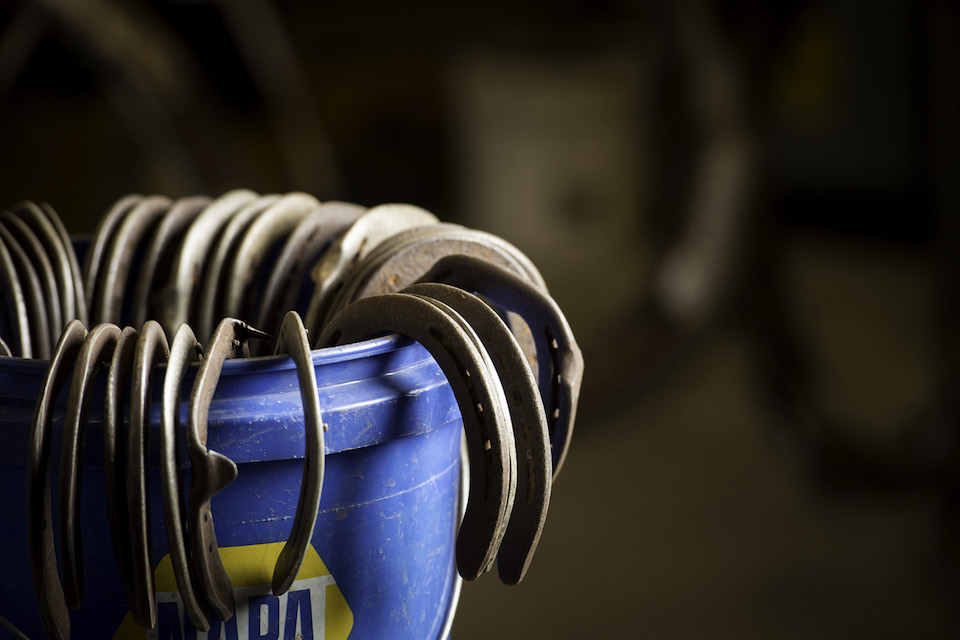
Art school he attends from the saddle of his horse, Hoosier, as they ride trails in the wilderness. “It takes me forever to get down the trail because I’m looking at every root and stump, or how a tree fell years ago leaving a mysterious pile of rocks,” he said. His riding partners, including Hoosier, get impatient. But the texture of bark, the curve of a leaping salmon, or even the position of Hoosier’s ears, when the horse is determined, find their way into Thomas’s work.
At 14, Thomas dismantled his go-cart engine. When he rebuilt it and it started, that moment inspired his first career as an auto mechanic. In his 20s, he drove cross-country from New Jersey to give his nature-loving side room to roam. When he first saw the Cascades, he knew he was home.
Thomas’s mechanical skills provided the day job to support his mountain-man habit. He opened his own auto repair shop in Philomath and spent weekends and vacations in the great outdoors.
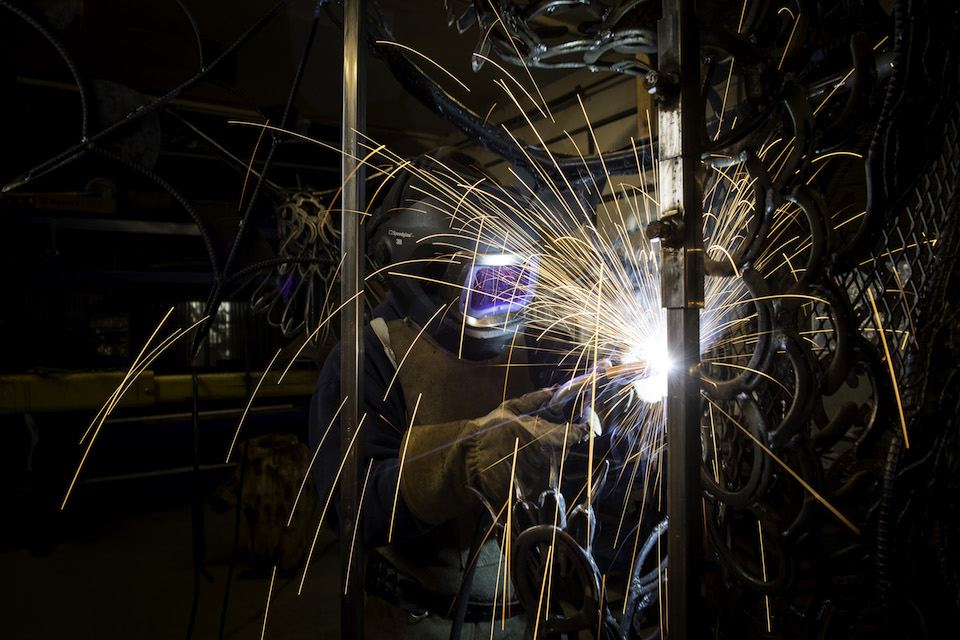
One soggy winter, as he tried to take his mind off the dreary weather until he could get back to trail riding, a customer showed him a photo of work by a British horseshoe artist. Though he’d never done anything like it, Thomas knew he could do better. His seasonal melancholy evaporated as he thought of Hoosier’s old shoes in the barn.
At first, he made functional household items such as wine and coat racks. But they were one-dimensional and unsatisfying. His artistic soul yearned for lifelike creations.
Forging Ahead
Soon, an anvil and torch joined his line of shop tools, and Thomas taught himself to forge horseshoes into straight, elongated pieces for spines or gentle curves to create horses, birds, fish and elk. “I figured out that less is more,” he said. “If I bend it too much, I’m doing something wrong.” Friends and customers took notice and asked to buy them. In 2012, Thomas converted his repair shop into a studio and hung a new shingle—Oregon Horseshoe Art.
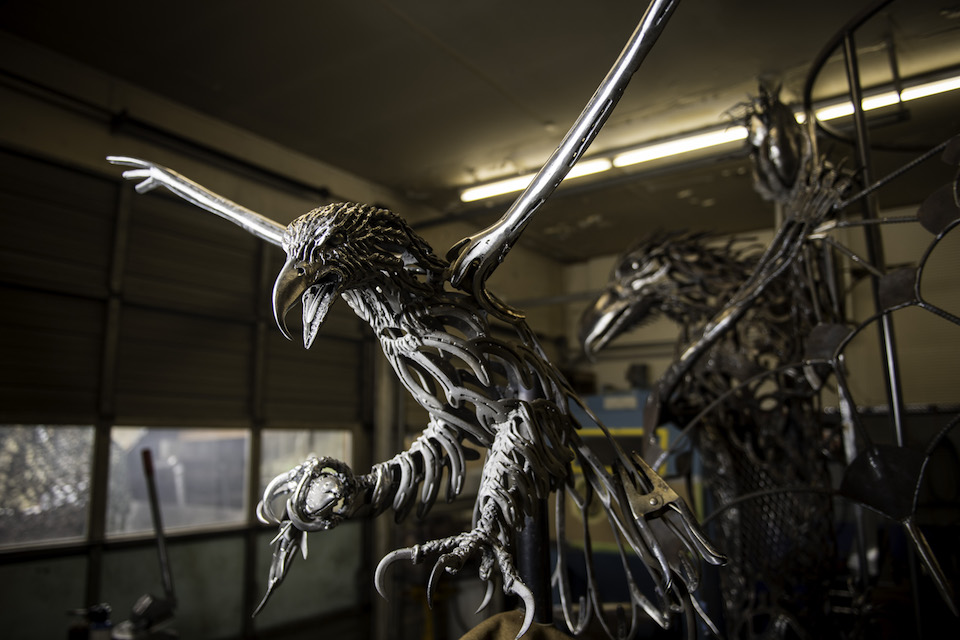
Today, Thomas’s menagerie of sculptures graze, gaze, leap, rear, perch or stride through yards and parks throughout the state and country. The irony is his studio time is often more demanding than his repair shop hours. His remedy, however—time in the wilderness—remains. It recharges his batteries and provides inspiration.
Sculpting life-size animals like horses and elk is physically demanding. True to form, Thomas has devised ways to minimize the danger of stressing his body or harming his lungs from working around dirty horseshoes and fumes from cutting and welding metal. He has found ways to work so efficiently that what once took days now take hours to complete. Still, he gives inspiration free rein and all the time it requires. Each morning, he studies the previous day’s work with fresh eyes, cup of coffee in hand. Intuition determines his next step. “If the lines aren’t right, there’s no sense in continuing,” he said. “If I don’t like it, I cut the whole thing out and start over.” Thomas has realized lines and eyes are key to a credible critter. “I can make that owl look pissed off, just by changing the eye,” he said, pointing to one he was finishing. Rather than looking ahead, a heron’s eyes can look down at the water flowing over its feet. Thomas juggles three to five projects at a time to keep his perspective fresh and creativity stimulated.
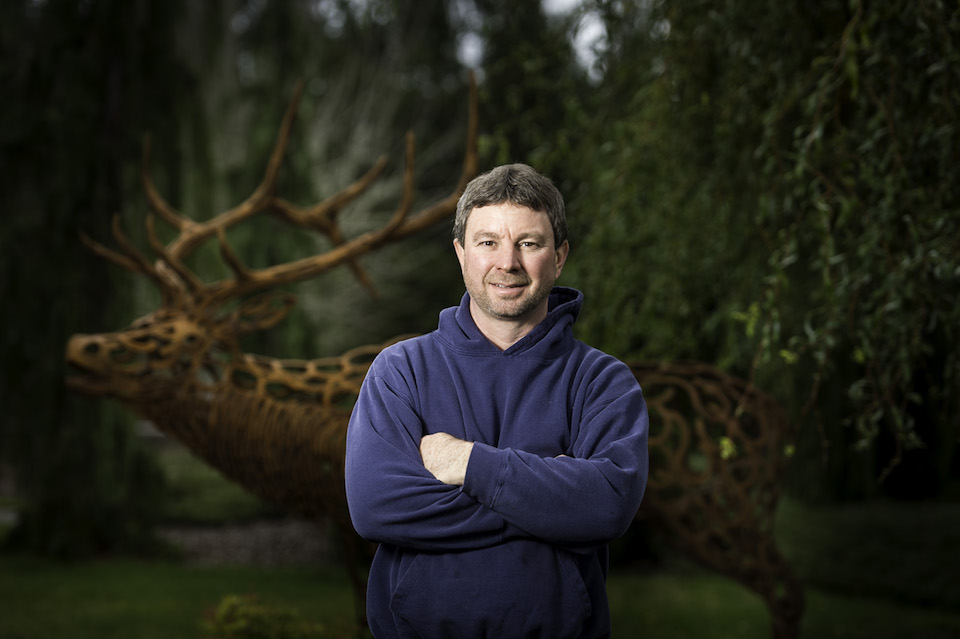
Today Thomas is surrounded by animals he’d never imagined as a boy building pens for adopted pets. They aren’t living, breathing creatures, of course, but each is lifelike to him because he knows every inch and curve of its body. Having spent energy and weeks—maybe months—creating them, he sometimes delays delivery because it’s hard to part with them. When he does, horseshoes rarely seen in their first career are reborn as wildlife and familiar animals through Thomas’s work.


